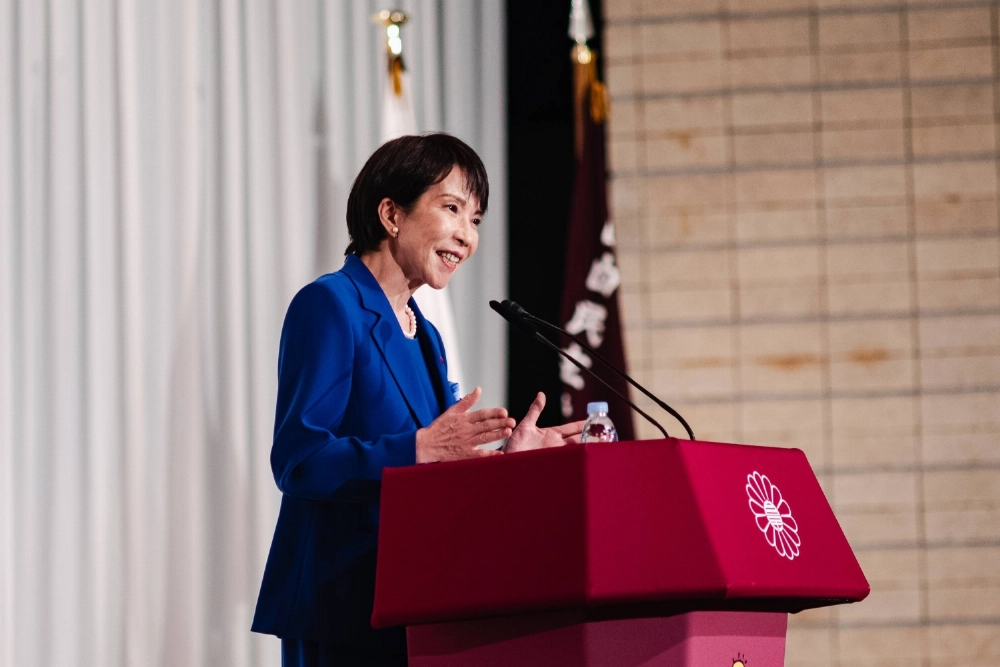Former economic security minister Sanae Takaichi on Saturday was elected the first female president of the Liberal Democratic Party — and is almost sure to become the country’s first female prime minister — after defeating farm minister Shinjiro Koizumi in a runoff.
Takaichi earned 185 votes against Koizumi’s 156 in a runoff after none of the five candidates in the party leadership race secured a majority in the first round of voting.
Takaichi gained 149 lawmaker votes and 36 LDP chapter votes, topping Koizumi’s 145 votes from lawmakers and 11 from the prefectural chapters. It was her third bid for the party leadership.


















With your current subscription plan you can comment on stories. However, before writing your first comment, please create a display name in the Profile section of your subscriber account page.